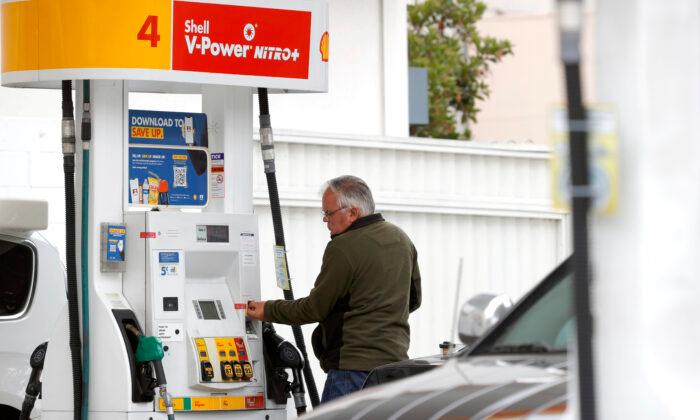The pace of consumer price inflation fell in August to its lowest monthly level since February, though the 12-month rate of inflation remained historically high, a new government report shows.
While the month-over-month headline CPI number suggests inflationary pressures are moderating and bolsters the “transitory” inflation narrative, experts say it’s too early to jump to conclusions.
“The debate over whether inflation will be short-lived or more sustained has not been resolved,“ Bankrate chief financial analyst Greg McBride told The Epoch Times in an emailed statement. ”The jury will remain out for many more months, particularly with persistent supply chain constraints.”

Tuesday’s CPI report also showed that over-the-year consumer price inflation inched down to 5.3 percent in August, which is 0.1 percentage points lower than both the June and July figure, which represented the highest 12-month spike in 13 years.
“Smaller than expected increases in headline, and especially core, inflation for the month of August were underscored by easing price pressures in some of the areas where we saw the biggest increases a few months ago. Airfare, lodging, used car and truck prices, and even motor vehicle insurance all declined in August, supporting the idea of inflation being ‘transitory,” McBride said.
Used car and truck prices, which soared 10.5 percent from May to June and were a stark illustration of the recent inflationary pulse, fell by 1.5 percent in August. Transportation service prices fell 2.3 percent, while airline fares dropped 9.1 percent over the month.
Experts are looking to shelter costs as a likely locus of future inflationary pressures.
“Rent and owners’ equivalent rent–a proxy for the costs of homeownership–were both up 0.3 percent in August, but the worst seems yet to come as the rise in home prices and higher rents aren’t yet fully reflected in the Consumer Price Index,” McBride noted.

The closely watched CPI report is likely to ease some of the pressure facing Federal Reserve officials to roll back some of the crisis support measures for the economy. Last year, the Fed cut its benchmark overnight interest rate to near zero and began buying $120 billion in Treasuries and mortgage-backed securities each month to boost the economic recovery. While rate hikes are not yet on the table, Fed officials are mulling when to start paring asset buys, with anticipation building ahead of the Sept. 21–22 meeting of the Federal Open Market Committee, the Fed’s monetary policy decision-making body, for a possible announcement on a tapering timeline.
“The easing of some of the so-called ‘transitory’ items in the inflation index will bolster the Federal Reserve’s argument that inflation will eventually move closer to their 2 percent objective,” McBride said.
“Based on the inflation numbers, don’t expect any immediate urgency to taper asset purchases, even if the ongoing $120 billion in monthly Fed stimulus is increasingly risking inflation of significant asset bubbles,” he added.
Fed officials have made a jobs market recovery a condition of tighter monetary policy. While economic output has fully bounced back to its pre-pandemic levels, the labor market recovery is trailing, with the U.S. economy remaining around 5 million jobs down from before the outbreak. After shedding more than 22 million jobs in the first two months of the pandemic, the U.S. economy has since recovered nearly 17 million jobs.





